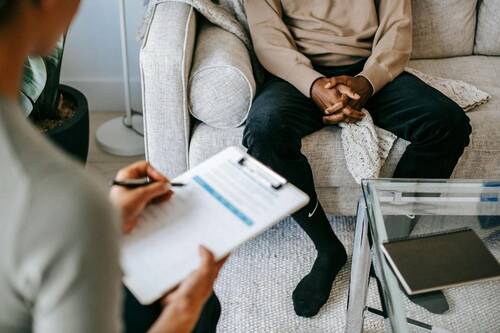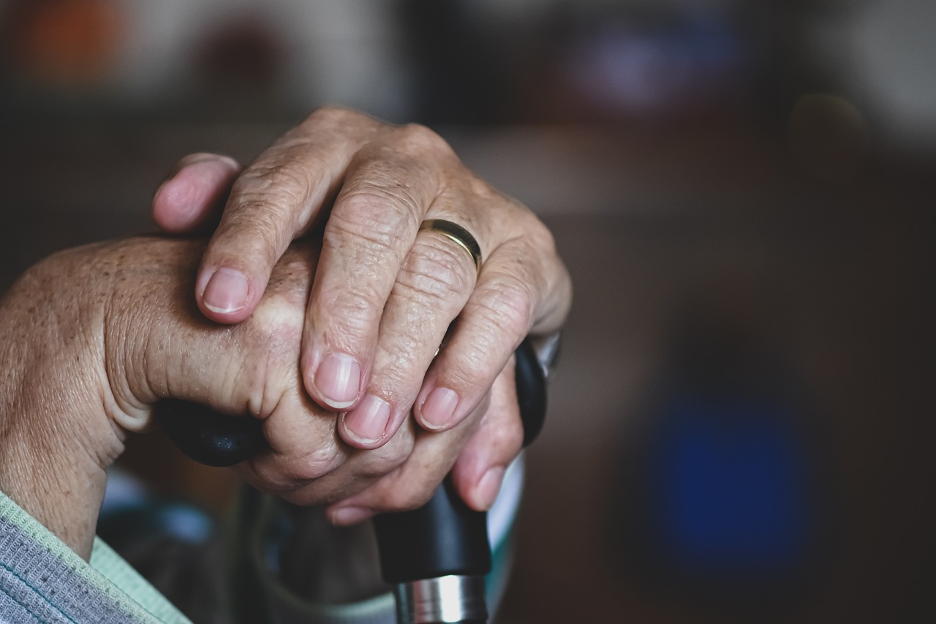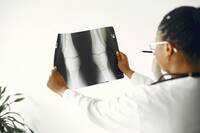MedicalResearch.com Interview with:
Susan Marzolini, R.Kin, PhD
Scientific Associate, TRI-REPS Supervisor
Toronto Rehab/UHN Cardiovascular Prevention and Rehabilitation Program
Medical Research: What is the background for this study? What are the main findings?
Dr. Marzolini: Coronary artery bypass graft (CABG) surgery is a leading revascularization procedure for treating coronary artery disease. Despite effective revascularization, cardiovascular risk factor control through intensive lifestyle and pharmacological treatment is essential to prevent graft deterioration and progression of atherosclerosis following surgery. Outpatient cardiac rehabilitation (CR) programs offer structured exercise, education, interdisciplinary support, counselling, and risk reduction to promote secondary prevention. These programs have been shown to improve fitness, psychosocial well-being, and significantly reduce morbidity and mortality after CABG surgery.
However, while Canadian and international guidelines endorse “early” referral to CR post-cardiac event, actual practice is variable and delays are common
_ENREF_9_ENREF_9_ENREF_7. Delayed entry is of concern, as there is emerging evidence that later referral and initiation of cardiac rehabilitation is associated with negative consequences on cardiovascular fitness, however this has not been examined in the post-CABG population. Therefore, we conducted a retrospective analysis of 6497 consecutively enrolled post CABG participants in a single cardiac rehabilitation program in Toronto, Canada from January 1995 to October 2012. Our objective was to examine the effects of later entry on CR outcomes (i.e., CR use, anthropometrics, and functional capacity) while accounting for demographic, environmental, and physiological correlates of longer wait-time.
We found that longer wait-time to start a cardiac rehabilitation program was associated with poorer outcomes including less improvement in cardiopulmonary fitness and lower program attendance, which have been shown to confer a mortality disadvantage. Longer wait time was also associated with less improvement in body fat percentage as well as poorer completion rates. We identified that bypass patients predisposed to longer wait times, and subsequently poorer participation and outcomes, are women, those who are older, from a lower socioeconomic neighborhood, people with a more complex medical history, who are employed, have a longer drive-time to
cardiac rehabilitation, and people with less social support.
(more…)









